In our previous article, we discovered how gamification can greatly improve your ROI and conversions when done correctly. Approximately 90% of sales managers affirm that gamification positively impacts sales and revenue, and some brands report a 300% increase in ROI from gaming content, to be exact. We then categorized the games by type and looked at how each type affected the marketing goals.
Today, we’ll explore how these game types align with various channels and different stages of the sales funnel. By doing this, we’ll gain a better understanding of which games work best and when and where to use them.
Aligning game types with different stages of the sales funnel and marketing channels
Let’s see which games fit best at each stage of the sales funnel. Of course, there are a few different funnels. We prefer the one with the following stages:
- awareness
- interest
- consideration/evaluation
- action, aka purchase/conversion
- retention/loyalty
- advocacy
The awareness stage: Attracting new customers
The primary goal at this stage is to attract new customers and increase awareness of your brand or products.
1. Luck and chance games
These games are best for generating leads, attracting new customers, and encouraging them to learn more about your brand and start using it.
- game examples: Wheel of Fortune, scratch card, gift box, slot machine, etc.;
- why do these games help at this stage: They captivate a broad audience by leveraging the excitement and immediate reward these games offer, which helps draw attention to your brand and gain more leads;
- marketing channels: Website (most often through pop-up widgets).
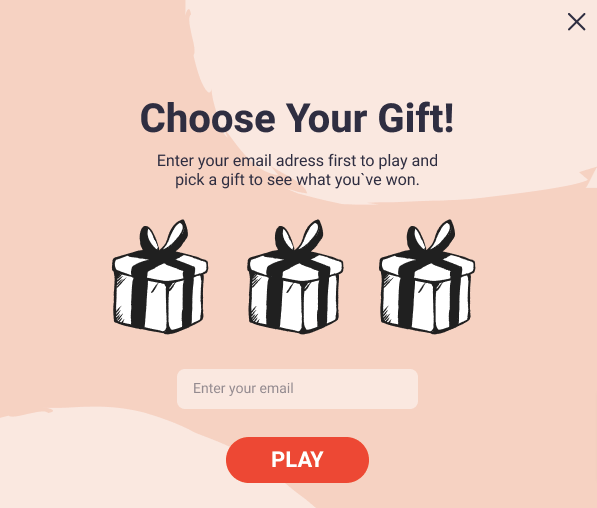
(Source: Claspo, pop-up)
Quick engagement and instant rewards attract a wide audience that is suitable for collecting leads.
The interest stage: Cultivating curiosity
In the interest stage, the focus is on cultivating curiosity and motivating potential customers to delve deeper into the brand. This stage transforms initial awareness into active interest through engaging games. The latter intrigues and encourages further exploration of the product.
1. Educational games
These games help you introduce your new products or features to leads and existing customers.
- game ideas: Quizzes, trivia games, etc.;
- why do these games help at this stage: They educate potential and existing customers about your products or services through interactive content that introduces the brand and its values in a memorable manner;
- marketing channels: Email, mobile apps.
(Source: Email from Stripo)
Here, we successfully introduced a new feature to recipients in a unique and detailed manner.
2. Puzzle games
These games are meant to deepen customer engagement and interest in the product.
However, when using these games, you can also ask the players to guess the name of the new feature.
- game ideas: Quizzes, trivia games, etc.;
- why do these games help at this stage: These games foster deeper engagement;
- marketing channels: Email, mobile apps.
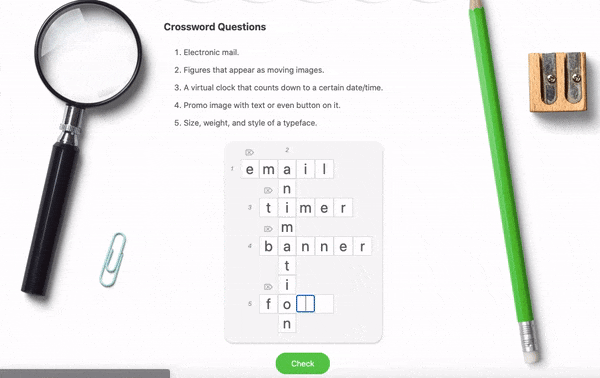
(Source: Email from Stripo)
3. Discovery games
These games immerse players in environments that encourage exploration of the product as well.
- game ideas: Problem-solution match, find what’s next, etc.;
- why do these games help at this stage: Help in explaining complex products or concepts in an engaging way;
- marketing channels: Email, mobile apps, website.
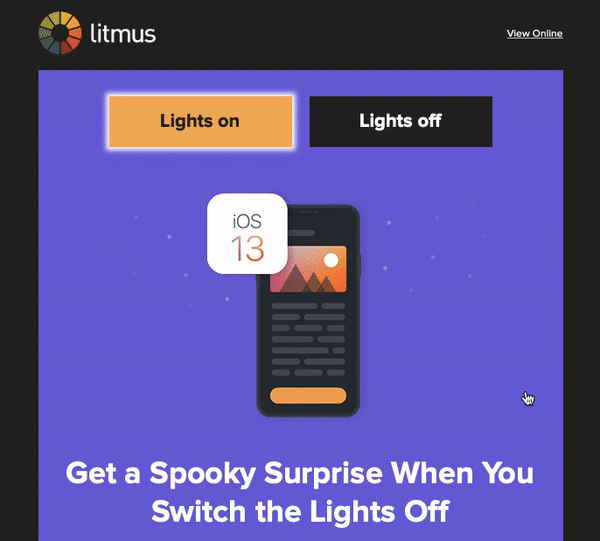
(Source: Email from Litmus)
It is important that at this stage of the funnel, the game is related to the new product/new features of the product.
The consideration/evaluation stage: Deepening understanding
At this stage, customers evaluate their options and seek more detailed information about products or services. Games used at this stage should not only captivate but also educate and help differentiate your brand from competitors in meaningful ways.
1. Educational games
Such games encourage deeper engagement suitable for cases where detailed understanding is critical.
- game ideas: puzzles, trivia games, etc.;
- why do these games help at this stage: They engage customers deeply, challenging them with puzzles that encourage longer interaction times. This extended engagement allows for thorough absorption of detailed information about your brand/product, enhancing customers’ understanding and aiding in decision-making;
- marketing channels: Email, mobile apps, website.
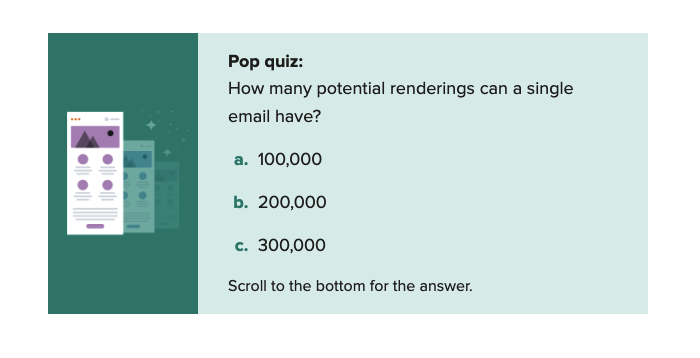
(Source: Email from Litmus)
For those wondering, the answer is c. 300,000 renderings.

2. Combination of education and discovery games
The combination of educational and discovery games creates a rich interactive environment that enhances learning and exploration. This blend engages players deeply and helps them absorb detailed information about a brand or product, making it an effective strategy for this stage of the sales funnel.
- game ideas: logic puzzles, find what’s next, etc.;
- why do these games help at this stage: They engage customers deeply, challenging them with puzzles that encourage longer interaction times. This extended engagement allows for thorough absorption of detailed information about your brand/product, enhancing customers’ understanding and aiding in decision-making;
- marketing channels: Email, mobile apps, website.
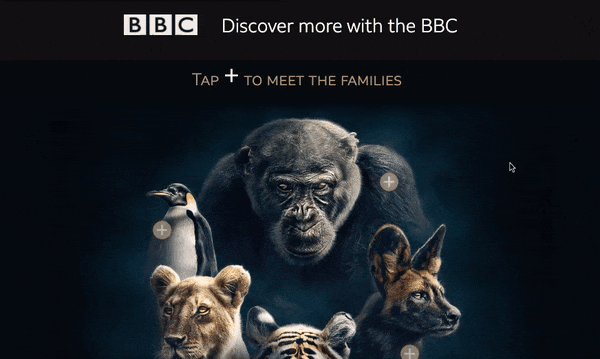
(Source: Really Good Emails, email from BBC)
Using these types of games during the consideration stage can significantly enhance customer engagement, provide detailed insights, and facilitate a deeper understanding of your products, thereby influencing their purchasing decisions in your favor.
The action, aka purchase/conversion stage: Encouraging purchase decisions
At this stage, the goal is to motivate customers to make a purchase or commit to a service. Here, games should engage, incentivize, and drive immediate action, boosting sales and differentiating your brand.
1. Luck and chance games
These games captivate players with the thrill of unexpected wins and the excitement of chance, promoting quick and engaging interactions.
- game ideas: Reveal your offer, spin the wheel, scratch card, gift box, etc.;
- why do these games help at this stage: They enhance the conversion process by providing instant rewards or discounts;
- marketing channels: Email, website, mobile apps, social media.

(Source: Email from Universal Orlando Resort)
2. Challenge and competition games
Challenge and competition games stimulate engagement by setting personal goals and public leaderboards. They boost brand engagement through a mix of personal achievement and competitive spirit, ideal for enhancing user experience and conversion rates.
- game ideas: Contents, leader boards;
- why do these games help at this stage: They create a sense of urgency and competition, encouraging immediate purchases and deeper engagement;
- marketing channels: Email, website, mobile apps.
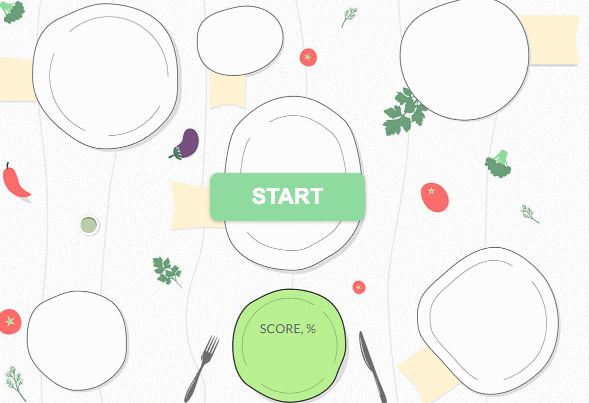
(Source: Stripo)
These games are only relevant here if the amount of the discount or the opportunity to purchase is based on the customer’s performance or position on the leaderboards.
3. Puzzle games
Here, you can reward solvers with discounts, new materials, or subscription upgrades.
- game ideas: Memory games, puzzles, crosswords, mix and match, etc.;
- why do these games help at this stage: They enhance user engagement by challenging them with tasks that reward problem-solving skills, directly influencing purchasing decisions by offering tangible rewards for completion.;
- marketing channels: Email, mobile apps.

(Source: Email from Yakaboo)
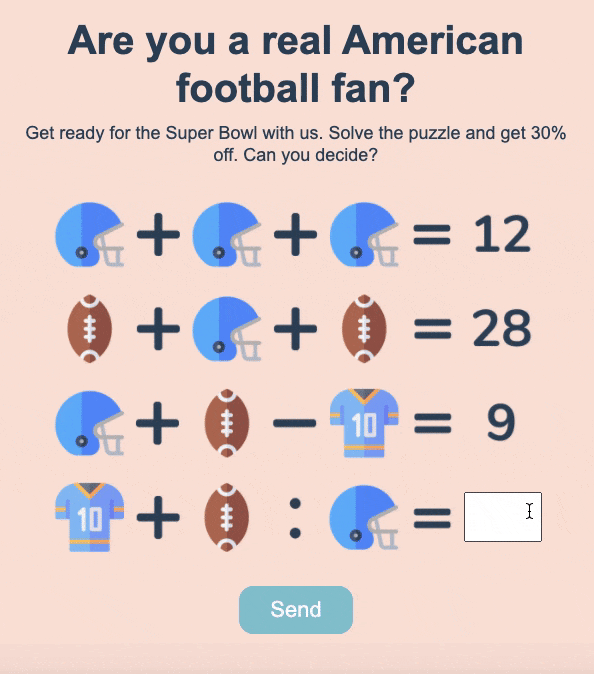
(Source: Stripo template)
The retention/loyalty stage: Strengthening customer relationships
At the loyalty stage, the focus is on retaining customers and encouraging repeat purchases. Games at this stage are designed to deepen emotional connections with the brand, reward loyalty, and maintain engagement over time.
1. Creative, non-trivial games
These games not only foster continued loyalty but also reward customers with exclusive content and enable them to express personal creativity, enhancing their likelihood of repeated engagement.
- game ideas: Creation contests, draw a card, color the picture, etc.;
- why do these games help at this stage: They foster a deeper connection with the brand by enabling personal expression and creativity;
- marketing channels: Email (with the ability to share across social media).
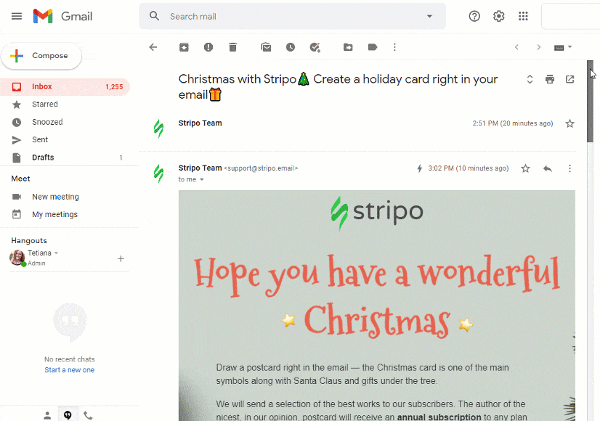
(Source: Email from Stripo)
It is crucial to let the players share the results of their creativity with their friends or post on social media.
2. Educational games
When using these games at this stage of the sales funnel, you need to ensure that they are based on the skills and knowledge customers have gained from their experience with or education from your brand.
- game ideas: Quizzes, trivia games, learning challenges, etc.;
- why do these games help at this stage: They share their progress, experiences, or knowledge gained from the brand, serving as testimonials;
- marketing channels: Email, social media, mobile apps.
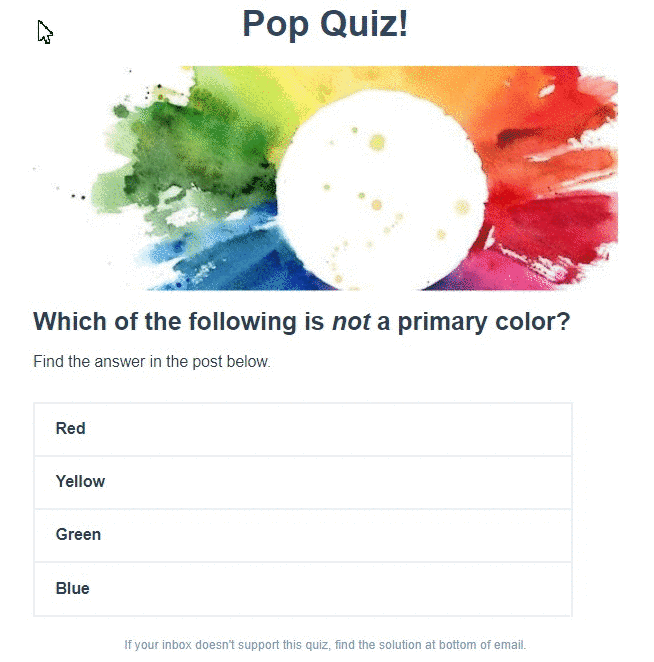
(Source: Email from HubSpot)
Such games should be based on the skills/knowledge customers gain from being with/studying from you.
3. Luck and chance
Allowing your customers to buy at lower prices is always a good idea. You can provide them with a discount at the beginning of the email or let them “win” it.
- game ideas: Wheel of Fortune, slot machine, etc..;
- why do these games help at this stage: These games provide instant rewards and discounts, making regular purchases more appealing, and maintain ongoing engagement with the brand;
- marketing channels: Email, mobile apps, website.
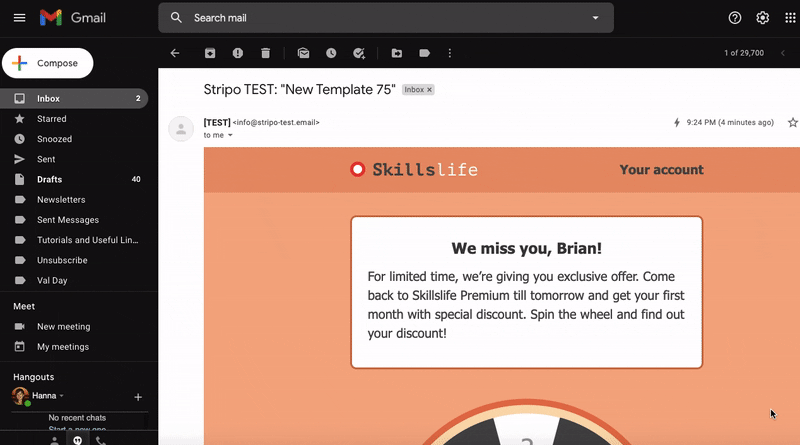
(Source: Stripo)
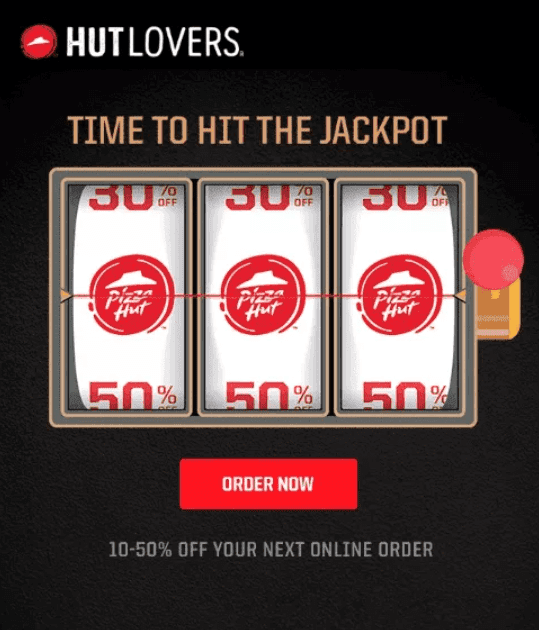
(Source: Pizza Hut, website)
4. Puzzle games
When using these games at the loyalty/retention stage of the sales funnel, you can reward customers with a discount or just remind them of your brand by letting them have fun.
- game ideas: Mix and match, memory game, crosswords, etc.;
- why do these games help at this stage: They share their progress, experiences, or knowledge gained from the brand, serving as testimonials;
- marketing channels: Email, social media, mobile apps.
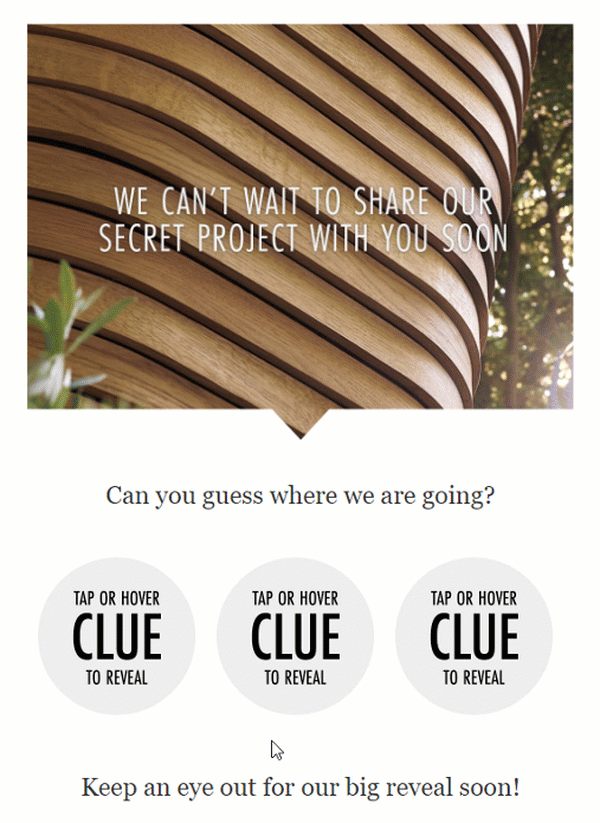
(Source: Really Good Emails, email from Tom Raffield)
5. Challenge and competition games
These games motivate participants to earn points or reach higher levels by sometimes pitting them against each other in a friendly manner. This dynamic can keep customers engaged over time, driving them to return repeatedly to see their progress and compete with others.
- game ideas: Point collection, contests, etc.;
- why do these games help at this stage: They appeal to a sense of competition and community;
- marketing channels: Email, mobile apps.
It is worth noting that there are two ways of using such games during the challenge and competition stages.
Way 1: When players’ regular activities influence their performance and success, offering more perks based on this engagement.
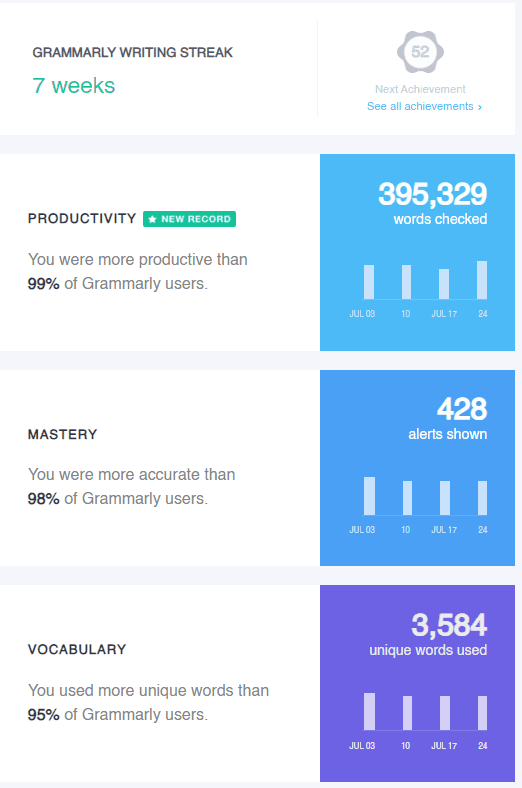
(Source: Email from Grammarly)
Way 2: When games are used purely for entertainment, often on holiday, without future bonuses being tied to game outcomes.
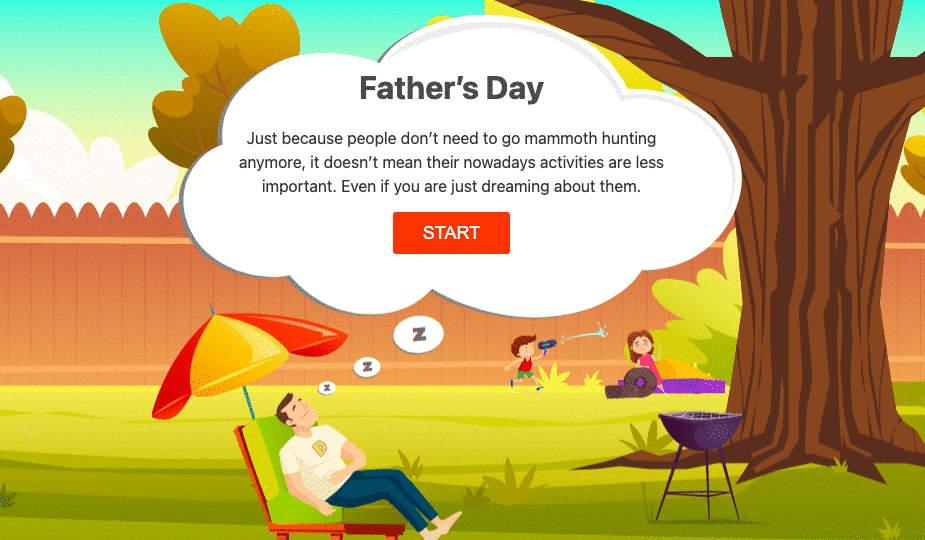
(Source: Email from Stripo)
By integrating these types of games, the loyalty stage effectively builds lasting relationships between customers and the brand, ensuring that the emotional connection, rewards, and engagement all contribute to customer loyalty and repeat business.
Wrapping up
This exploration of gamification demonstrates its powerful impact on enhancing customer engagement, lead generation, and conversion rates, ultimately boosting ROI and brand loyalty. Here are the streamlined key takeaways:
- awareness stage: Luck and chance games like Wheel of Fortune quickly capture attention with instant rewards, effectively generating leads and increasing brand awareness, primarily through website pop-ups;
- interest stage: Educational, puzzle, and discovery games transition initial awareness into active interest and deeper engagement, using interactive content that educates and intrigues, delivered mainly via email and mobile apps;
- consideration/evaluation stage: A combination of educational and discovery games provides deep interactive learning experiences that enhance understanding of the brand’s value and product details, aiding in decision-making through emails, mobile apps, and websites;
- action, aka purchase/conversion, stage: Games such as luck and chance, challenge and competition, and puzzles motivate purchases through instant rewards, a sense of urgency, and challenging tasks, directly influencing buying decisions via emails, websites, and mobile apps;
- retention/loyalty stage: Creative, educational, and luck-based games strengthen emotional connections, reward loyalty, and maintain engagement by allowing personal expression and offering benefits for continued interactions spread across emails, social media, and mobile apps.
These streamlined strategies showcase how tailored gamification can transform every step of the customer journey, solidifying lasting brand connections and improving overall business performance.


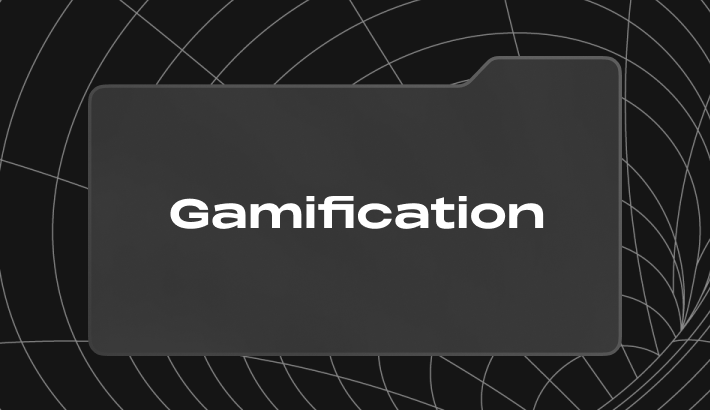
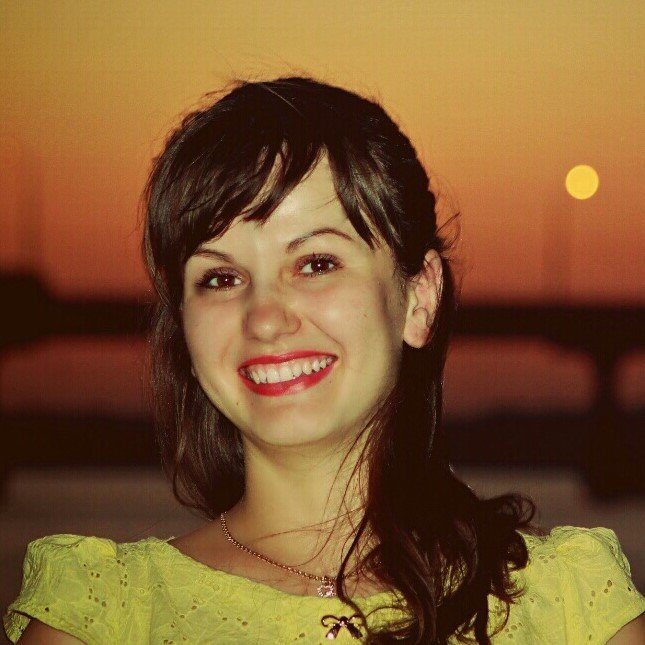
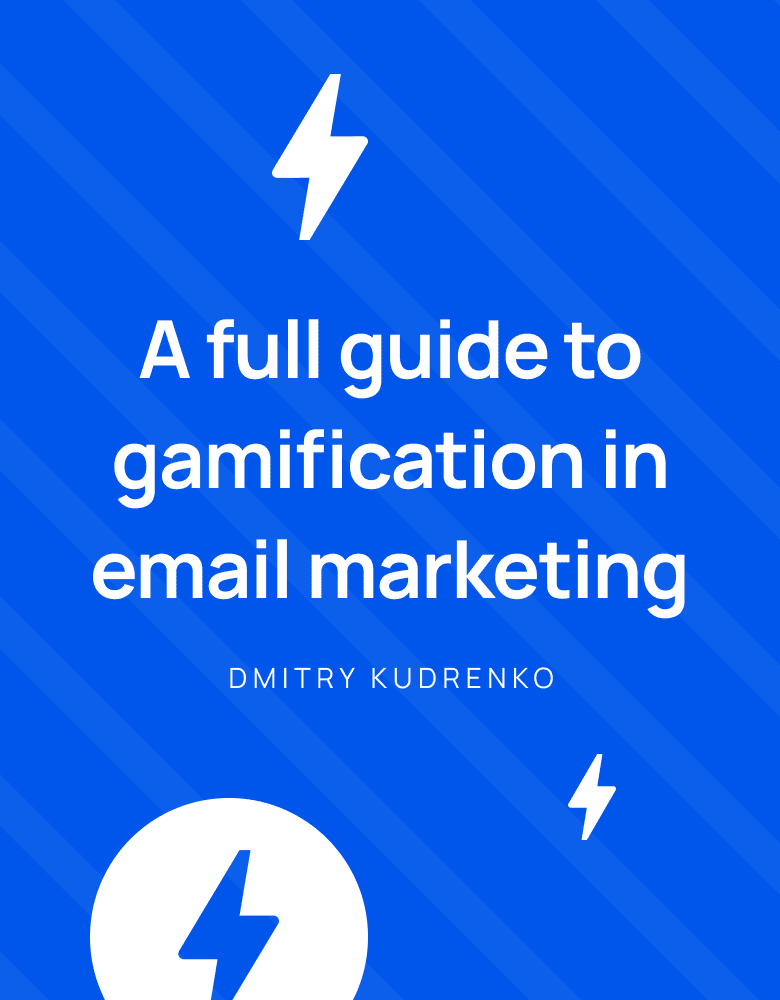

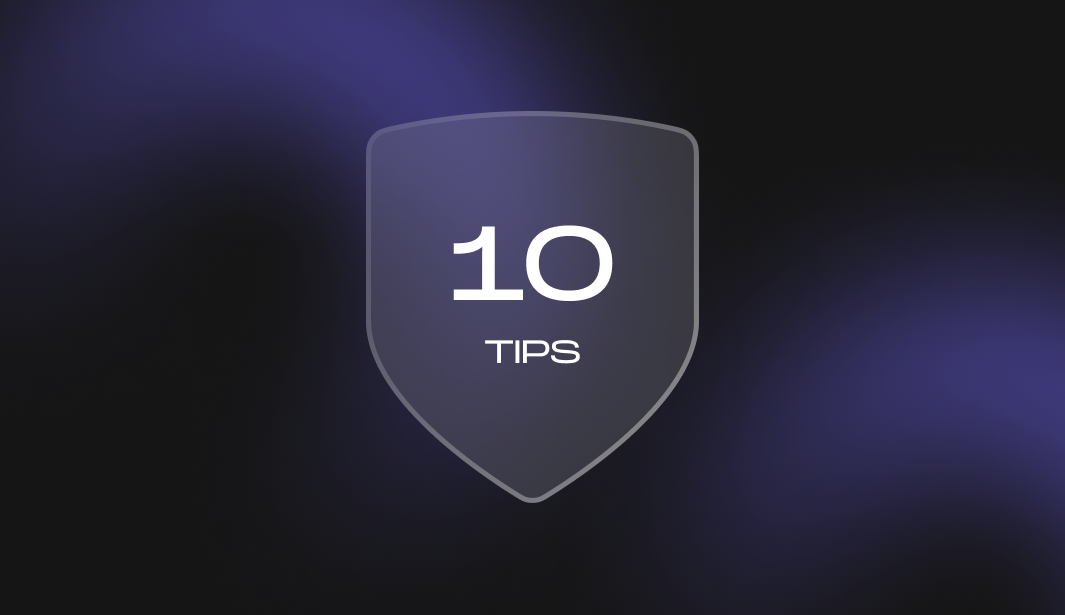
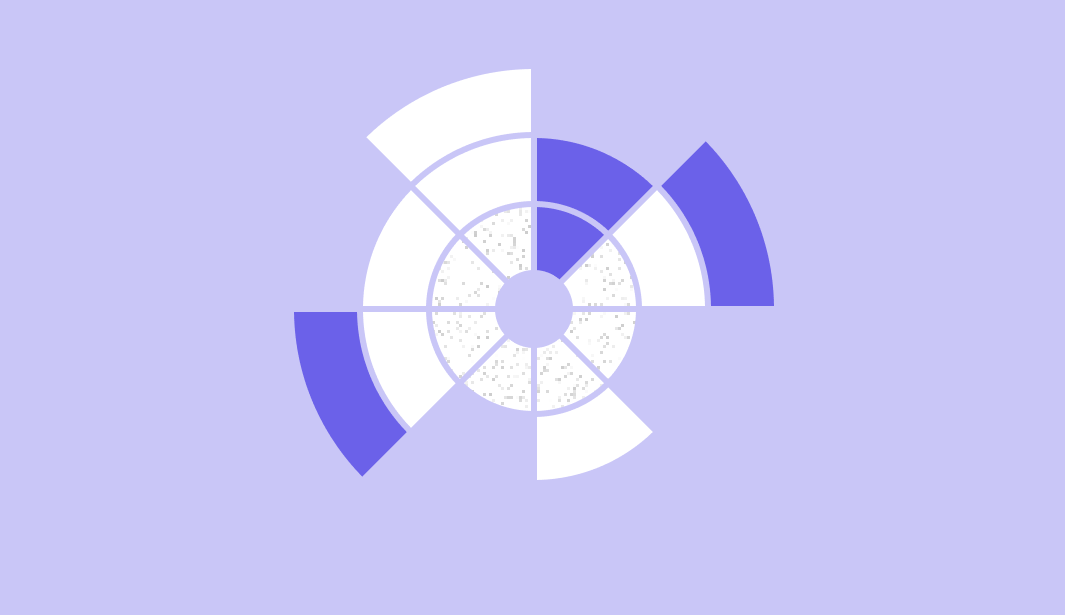
0 comments